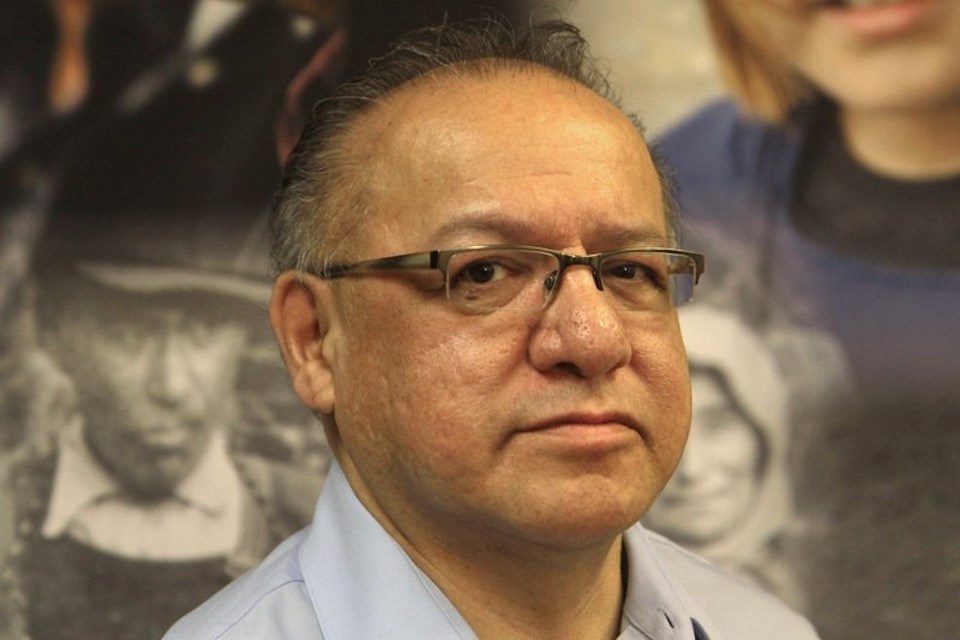The former president and CEO of Nishnawbe Aski Development Fund believes that many more First Nation entrepreneurs can achieve similar levels of success when given the proper tools to overcome systematic barriers.
Building true generational wealth on a First Nation is nearly impossible due to restrictions purposely created within the Indian Act.
Any assets located on a First Nation reserve cannot be used for collateral which prevents banks from lending capital to First Nation individuals who own assets on-reserve. This prohibits the mobility of First Nation entrepreneurs by limiting their ability to leverage their on-reserve assets to secure capital needed to build or expand a business endeavour.
In the late 1980s, the Native Economic Development Program was created to address this lack of available capital and help finance Indigenous business development.
To date, this program has provided over 50,000 loans totalling $3 billion to businesses owned by Indigenous people through a network of over 50 Aboriginal Financial Institutions (AFIs) overseen by the National Aboriginal Capital Corporations Association.
Yesno points to how the evolution of First Nations participation in the economy has been directly correlated to access to capital.
“Back when the program first started, we were providing retail lending for small things like fuel supply, tourist camps and so on,” Yesno said.
“Through capacity building and learning by each community, some started to develop economic development corporations where they built hotels, restaurants, and other things. It went from something small, like a grocery store, to something bigger, like construction and providing heavy equipment.
“Now, several First Nations are getting together to take on other ventures, such as Wasaya Airways LP, where a number of First Nations got together and pooled their resources and did very well. Now, we’re seeing businesses go from local to more regional in scale. Now, we’re seeing more First Nations owning property and businesses in urban centres where they are earning money and building capacity.”
Yesno, who is also former chief of Eabametoong First Nation, located 350 kilometres northeast of Thunder Bay, recently accepted a new role on the board of directors with Avalon Advanced Materials, a lithium exploration company working a project north of Kenora, where he hopes to provide benefits for both the company and First Nations in Northern Ontario.
Yesno’s experience working in governance and economic development stems from leading Eabametoong First Nation for six terms, from 1977 to 1991, with an additional term from 2019 to 2021. In addition, he also served as Grand Chief of Nishnawbe Aski Nation from 2012 to 2015, and was president and CEO of the Nishnawbe Aski Development Fund from 1993 to 2010.
“I’ll be able to participate with this board (with Avalon) and use my knowledge and experience to advise the corporation and engage the First Nations and harvesters in the area,” Yesno said.
“My method of approach is to reach out to the people that actually use the land, the trappers, the fishers. It’s always good to hear from those that are using the land to see if they are in support of exploration happening.”
When it comes to how people living in the area feel about exploration and development, Yesno said the opinions vary. People from the older generations tend to have a more negative view due to legacy issues from past mining practices that adversely affected the environment versus a more accepting view amongst younger generations who see the opportunities for their First Nation communities to attain self-sufficiency.
“It’s important to educate people because there’s a lot to absorb. It takes years to develop anything into a real economic interest, especially in the North, because there’s a lack of roads, there’s no power lines nearby. That’s a challenge for many of our communities,” said Yesno.
“The Ring of Fire is in the Hudson Bay lowlands, so to build any kind of infrastructure there is going to be costly. There has to be not one economic interest but several to really make it worthwhile to spend on the infrastructure.”
Yesno sees an opportunity for First Nation communities and entrepreneurs to become bigger participants in the economic development process and move towards self-sufficiency if provided with the proper tools and support.
“What First Nations need is more capital, and I think that’s where governments can step in to create the tools that would be needed to empower our own institutions to do more. And when that happens, you’ll find a greater participation from our entrepreneurs,” Yesno said.
“Sure, our people are getting jobs and whatnot, but outside contractors are reaping the most benefits so I think growth would go faster if our institutions were given more tools to grow and offer more product.”
Yesno wants to see more First Nation businesses participate on a larger scale but would also like to see more First Nations people in similar roles such as his on the board of directors within corporate Canada.
“I hope there will be more First Nations people participating at this level because I think we need more people that can communicate various viewpoints, because many of these board members are from different parts of the world, too, not just Canada,” he said.
“There is a lot of other First Nation people out there that have other skills they can contribute at different tables which can be really beneficially for both the company and for First Nations.”
When asked what he sees for himself in his new role as board member with Avalon Advanced Minerals and the role of First Nations in economic development in Canada, Yesno said:
“We have to get to a point of self-sufficiency. That’s something I will continue to work on. I am going to do whatever I can to help my people and I am looking forward to the opportunity to see how my role evolves and goes from here.”
This is one in a series of articles profiling recognized leaders from Indigenous communities across Northern Ontario, who stand out for the contributions they’re making on local, regional, and international levels.


Recent Comments